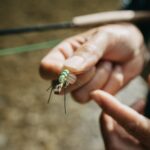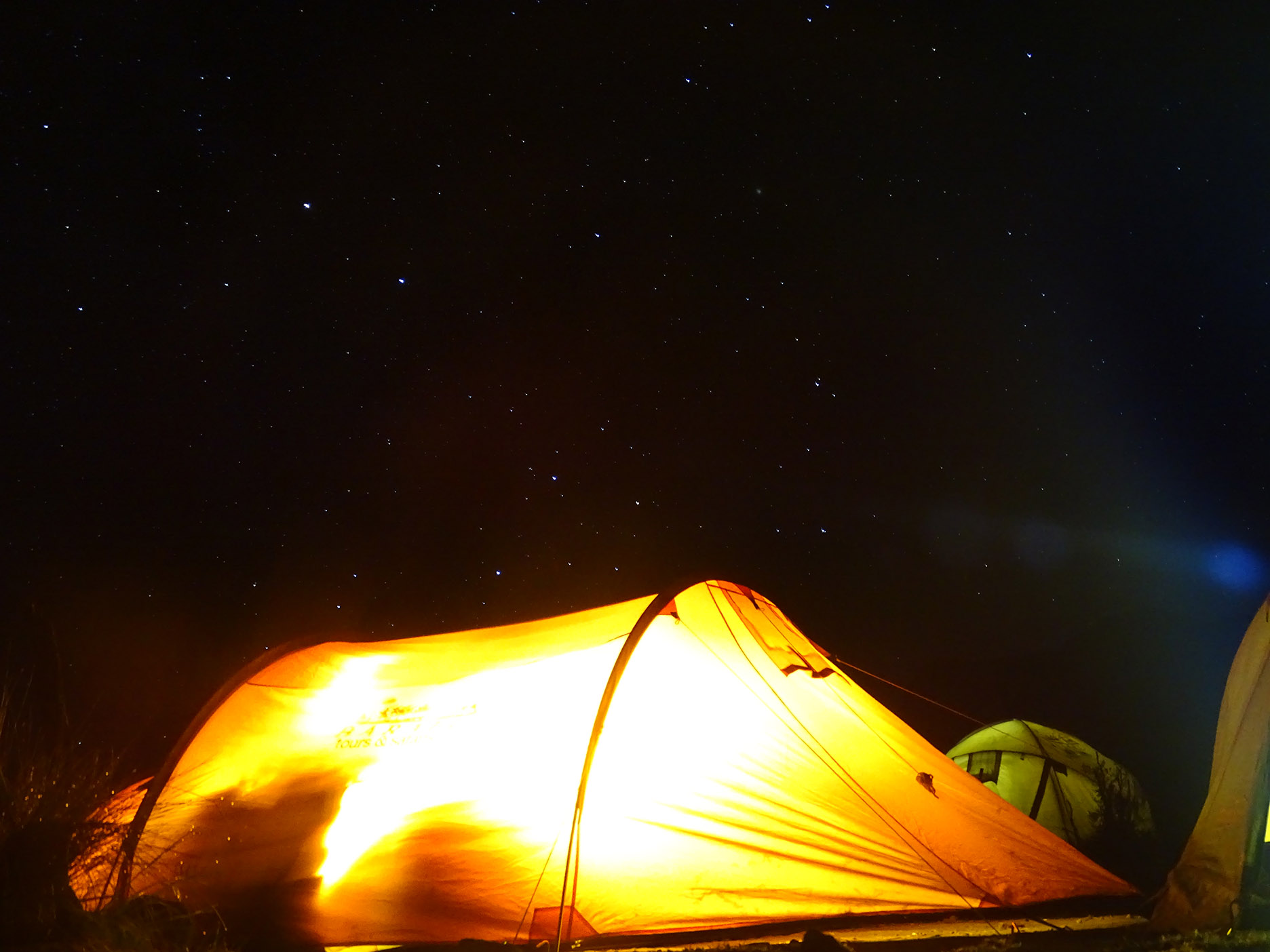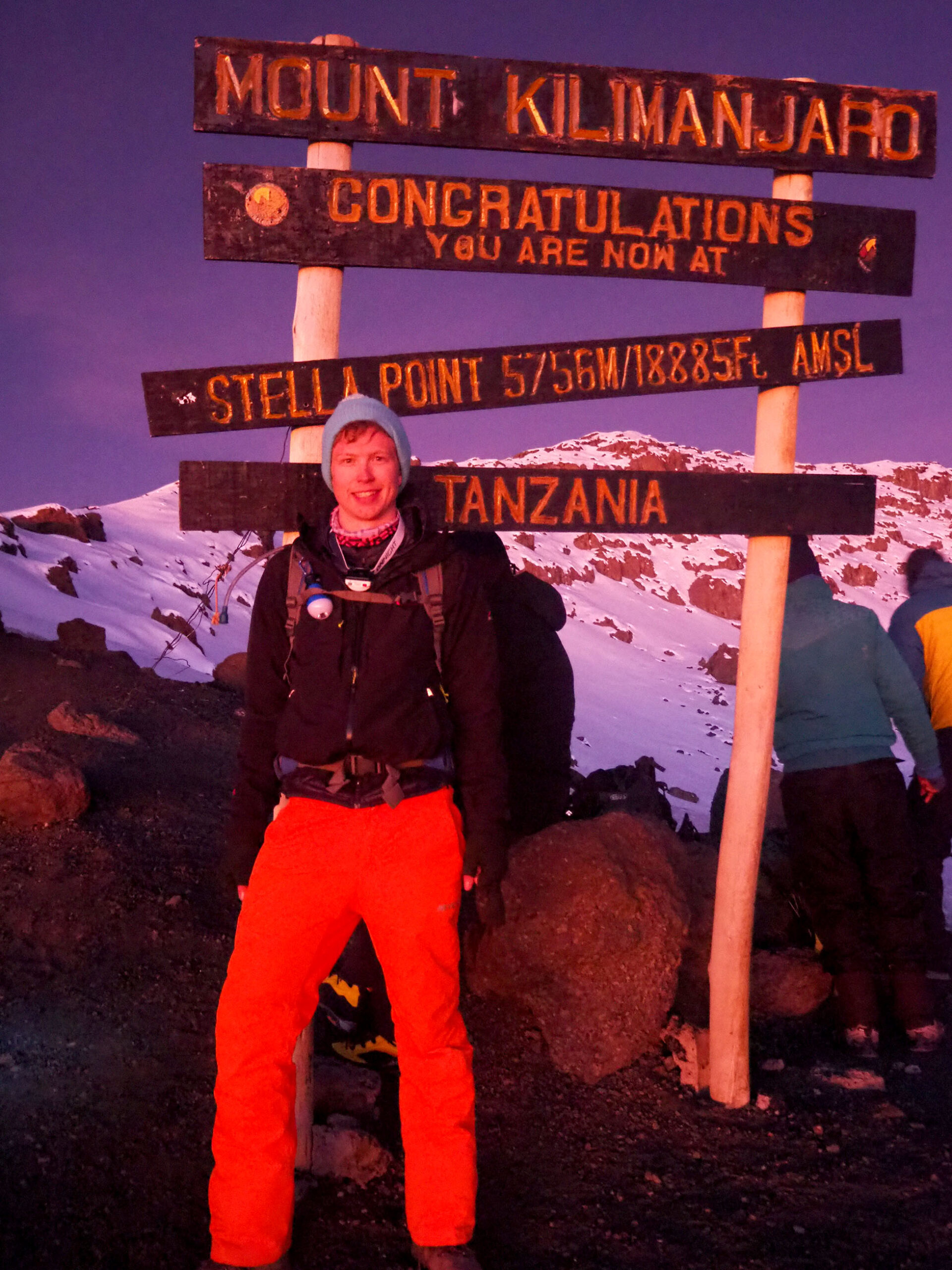
Malaria in Tanzania: myths and truth
12 December 2023
Do you need training before attempt to climb Kilimanjaro?
12 December 2023THE COMPLETE KILIMANJARO PACKING LIST
In order to be safe and comfortable throughout your Mount Kilimanjaro climb, you’ll need to bring important gear and supplies with you. We have put together a comprehensive Kilimanjaro Packing list to help you prepare for your climb.
Trekking Kilimanjaro involves five main climate zones, from the warm, humid forest and lower slopes, to the bitterly cold summit zone, with glaciers, ice, and snow. You need to be prepared for all Kilimanjaro weather conditions: sunny, windy, and rainy.
We provide tents, the camp equipment, food, cooking facilities, and other shared items. You’ll have a duffel bag with all your kit, carried by the porters; and carry your own daypack during the trekking day.
Kilimanjaro Gear List
If you are packing for your climb it is important to really plan your clothing appropriately. This is why we recommend that you pack the following:
- Top Base Layer
- Bottom Base Layer
- 4-5 Pairs of Underwear
- 3-4 Short Sleeve
- 1 Insulated Trekking Pants
- 1-2 Long Sleeve Hiking Shirts
- 1-2 Pairs of Hiking Trousers
- 1 Insulated Winter Jacket
- 1 Polartec Fleece Jacket
- 1 Hard Shell Jacket
Important Kilimanjaro Packing list Information:
- The porters will carry your main duffel bag. The weight of this pack on Kilimanjaro and Mount Meru is strictly limited to 15 kg (35 pounds). Overweight or extra luggage will require an extra porter
- Wrap clothing in rugged, waterproof stuff sacks.
- In your daypack, take water, sunglasses, camera, binoculars, rain pants and jacket as a minimum. Add any other items you might need during the day because you won’t have access to your main luggage until the end of your trek for the day.
- Bring extra sets of batteries as cold weather shortens their life.
- Carry critical climbing gear on the plane with you (especially your boots) in case baggage is delayed.
- You may want to bring some older items of warm clothing as gifts for your guides and porters.
Kilimanjaro Gear List More Information
Clothing
- You want your inner layer to be breathable and wicking – no cotton. Next layer should be insulating and warm, and the top layer should be waterproof, yet breathable. You will need clothes for hiking during the day, resting in the evening, and for sleeping. Layers are key, as temperatures vary dramatically.
- Your clothing should be lightweight, breathable, hand-washable, and quick-drying.
- No cotton! Cotton doesn’t allow moisture to escape and ends up soaked very quickly
- Don’t bring jeans, as they are unsuitable for hiking
If you’re an experienced hiker, you’ll be familiar with how to layer your clothing to stay warm and dry. For beginners, it’s pretty simple, if we focus on some basic principles:
- Never stay in wet clothing, as soon as you get to camp, change into dry clothes
- Your base layer needs to wick sweat away from your body
- Your mid-layer retains your body heat, whilst allowing sweat to evaporate off
- Your outer layers protect you from the wind and rain and add heat in cold conditions
Even in very cold conditions, if you build up a sweat, and your base layer doesn’t wick it away, you’ll end up chilled, or worse, hypothermic.
Weather on the mountain is unpredictable and can change quickly. Even if it’s not raining, low cloud, mist, and fog can make for a damp and chilly hike. The wind chill factor can make a sunny day feel icy cold.
As the trekking is quite strenuous at times, your core temperature will increase, so it’s very important the layers closest to your body are able to wick the moisture away. Sweat cools fast and you don’t want to be clammy and warm whilst on the move, only for it to turn bone-chillingly cold when you stop for a rest.
Tips for choosing your Kilimanjaro clothing:
- Make sure underwear has “flatlock” seams to prevent chafing and is anti-microbial
- Base layers are very important – choose merino wool or a combination of merino/synthetic for the best odor-control and breathability
- Take an extra base layer to use for sleeping
- “Convertible” hiking pants are great for the lower slopes where it’s often warm enough to hike in shorts – try them out at home first to make sure they’re comfortable
- For the colder parts of the climb you’ll need good winter hiking pants – just make sure they’re breathable
- Waterproof pants with full-length zips make getting them on and off quick and easy
- Modern technical fleeces (such as Polartec) make excellent insulation layers
- If you’ve got a favorite hardshell jacket (such as a ski jacket) just make sure it’s big enough to fit over your other layers
- Don’t forget to bring a down jacket. You’ll need this for the summit bid as well as in the evenings at camp when you’re tired, you feel the cold a lot more.
- Get the best lightweight rain gear you can afford
- Your gloves are important: they protect from the sun as well as keep you warm. Make sure your inner glove fits easily inside your thermal gloves/mittens
- Sunglasses are very important, they need to be 100% UV protective, and of the ‘wraparound’ variety. The sun at altitude is intensified and can reflect off ice and snow.
- A lot of heat is lost through your head, so be sure to get a warm thermal hat as well as one that protects your neck from the harsh rays of the sun.
Footwear and Trekking Poles
Arguably the most important bit of kit you’ll need is your footwear. Make sure your hiking boots are well worn-in, that they fit properly (including with thick socks) and you are comfortable walking long hours in them. If you don’t have a favorite pair already, take your time choosing – don’t buy them online.
We recommend light- to mid-weight waterproof boots with good ankle support. You don’t need to go full-mountaineering boot, as you won’t be wearing crampons and you don’t need the extra weight. Sneakers or “trainers” are not appropriate, except for wearing around camp.
Your trekking boot needs to have a rugged, semi-rigid sole, and doesn’t forget to bring a spare pair of laces. Brands such as the Salomon GTX are a good example of a typical Kilimanjaro hiking boot.
Gaiters are a good idea to prevent mud, debris and mountain scree from getting into your boots and causing irritation. They also keep the lower part of your pants clean.
Don’t skimp on your socks. Just as with your clothing layers, the liner sock needs to wick moisture away from your feet, and the outer sock provides cushioning and warmth. Avoid cotton socks.
To use trekking poles – or not?
This is a personal preference, but we recommend using hiking poles to help with your balance and mitigate fatigue. You can rent or buy poles, but you should practice using them at home before you travel.
Head torch & Lighting
We recommend a lightweight head torch with a strong beam. You’ll be using this around camp to and from the toilet tent at night, and on summit night. It’s very important to bring spare batteries, as the cold drains them quickly.
Some trekkers bring a small flashlight such as a mini-maglite, for lighting their tent after dark.
Sleeping
The nights are bitterly cold on Kilimanjaro. As you get higher up, you’ll be tired from the hiking and will feel the cold even more. You can either bring your own sleeping bag or rent one from us. Our rental sleeping bags are professionally cleaned after every climb.
If you decide to bring your own, it needs to be a 4-season rated, 0F (or -15F) sleeping bag. Whether you rent or bring your own, consider bringing a sleeping bag liner, to keep any mountain dust and dirt out of the bag, and add a bit of warmth.
A small inflatable pillow is optional, most hikers bundle up clothes to use as a pillow, but this is a personal choice.
Sleeping Gear:
- Sleeping Bag rated 0°F, -15°F
- Sleeping mat: we provide one, but you can bring your own if you prefer
- Sleeping bag liner (for extra warmth or for rented sleeping bag)
- Compression sack for sleeping bag
Down sleeping bags give the best warmth-to-weight ratio, they are easy to compress, and pack down small. They don’t like getting wet, so be sure to bring a waterproof compression sack. Mummy-shaped sleeping bags provide better insulation than the rectangular versions, as they fit closer to your body. A hood is essential to avoid heat loss from your head and neck.
We provide a thin mattress to roll out your sleeping bag on, but if you feel you’d like additional cushioning or have a favorite backpacking pad, then bring this with you.
Packs & Bags:
Our porters will carry your main duffel bag during the day, and you’ll only see it once you get to camp. You’ll carry all the bits and bobs you need for the day’s trekking in your daypack.
The North Face Basecamp duffel bag is a great choice, it’s waterproof, rugged, and the 90-liter version will be ample for all your belongings. Although it’s waterproof, we highly recommend that you pack your gear in waterproof stuff sacks or packing cubes, for extra protection.
Your daypack needs to be comfortable, with adjustable shoulder straps, and a hip belt. You’ll be wearing this all day, so make sure you get one that fits well, has space for a hydration bladder and water bottles, and is large enough to fit your rain gear, a couple of layers, and other daily essentials.
Not all daypacks come with a built-in rain cover, be sure to check and purchase one separately.
Water and Snacks
- 2-3 liter hydration bladder (Platypus or Camelbak or similar)
- 1-2 One-liter wide-mouth water bottle (Nalgene or similar)
- Electrolyte/Sports drink powdered formula for adding to your water
- Snacks: Energy bars of your preference – plan for 2-4 per day
- Optional: Water purification tablets or filter pen (we provide boiled/filtered water)
Staying hydrated on Kilimanjaro is extremely important. If you get dehydrated, this will affect your ability to acclimatize and put your health at risk. We provide purified water for our climbers and recommend that you use a hydration system so you don’t have to keep stopping to drink from a bottle.
A couple of wide-mouth Nalgene bottles are good for having water on hand in your tent, and for when you’re on rest stops. Wide-mouth bottles work best to prevent water freezing as you get higher up.
Tip: fill your wide-mouth Nalgene bottle with hot water just before you go to bed, secure the lid properly – and use it as a ‘hot water bottle’ through the night. You can then drink the water the next day.
Water can get pretty boring, so it’s a good idea to bring along an electrolyte formula that’s flavored to your liking. Snacks such as energy bars, trail mix, and candy can help give you a quick energy boost while on the trail. Just avoid anything with caffeine in it.
Personal Health and Comfort
The following list is a good starting point. You won’t be showering on Kilimanjaro, so anti-bacterial ‘wet wipes’ are a good way of maintaining personal hygiene.
Sunscreen is very important as the sun’s rays are much stronger at altitude.
Bring two rolls of toilet paper, one to keep in your daypack for use on the trail, and one in your duffel for use at camp. Taking the cardboard center out makes it easier to transport.
- Toiletries: toothbrush & toothpaste, hairbrush/comb, foot powder, hand cream, deodorant, soap.
- “Baby-wipes” and anti-bacterial, hand-sanitizer wipes
- Any regular medication you are taking
- Anti-bacterial hand-sanitizer gel such as Purell
- Fingernail brush
- Nail clippers
- Ear plugs
- Sunscreen SPF 40+
- Small microfiber quick-dry towel
- Pee-bottle for night time calls of nature
- Small torch (optional)
- Headtorch
- Pocket knife (Swiss Army Knife or “Leatherman”)
- Spare contact lenses/glasses
- Toilet paper (1-2 rolls. Take out the cardboard center for easier packing)
- Camera/phone/ipod
- Spare batteries
Medical Supplies
Our guides carry a comprehensive medical kit, but you’ll need to bring a few things for minor scrapes and blisters. We recommend speaking to your doctor or healthcare professional before you travel if you are in any doubt what to bring.
Personal first-aid Kit
- Blister plasters – different shapes and sizes
- Antibiotic cream or ointment
- Band-Aid/Elastoplast for minor cuts and scrapes
- Ibuprofen/Paracetamol – over the counter pain relief
- Skin healing ointment such as Aquaphor
- Immodium for diarrhea
- Anti-nausea medication
- Any prescription medications
- Diamox (if using)
Top Tips for Preparing your Kilimanjaro Gear
- Get started ahead of time. Don’t leave it to the last minute. Identify what’s on the list that you don’t already own, and find deals on your trusted supplier.
- Practice packing and unpacking your duffel bag and your daypack – knowing where everything goes can be very helpful on those cold mornings when you struggle to get going
- Practice hiking with your boots, poles and your daypack. Experiment with taking your daypack on and off and adjusting it to fit with different clothing layer combinations
- Keep in mind what you will be doing before and after your climb, you’ll be able to leave excess luggage at the hotel while you climb.
- Don’t be too shy to ask us! Get in touch with any questions you have and one of our friendly and experienced team members will be happy to help you


